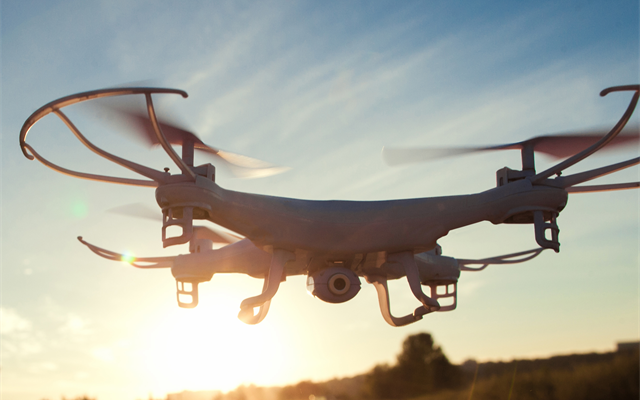
To put it simply, drones are pilotless aircrafts that have many applications utilised by the military, corporate world and the general public, however still only have a niche audience and users in health and safety.
Although the idea of drones playing a significant part in any industry seems like something of the far future, not to mention the health and safety implications of the drones themselves on site, the future of drones playing a vital role in health and safety is highly probable and calls for our attention.
In regards to health and safety, surveillance promises to be the most useful of its capabilities. Having a predominantly auto-flying aircraft to take/interpret images of a site will mean assessments will lead to a decrease in labour expenses, as well as minimising risk to inspection staff on high risk sites.
With numerous drones on the market, each offers different capabilities to suit your requirements from delivering razor sharp 4k quality footage, to precise flying abilities to capture steady videos and images. They can also provide real time security and incident control due to their ability to live stream.
However, they are still limited in battery life with the most advanced only lasting up to half an hour (approx. flight time). Due to our experience, assessments take from as little as an hour to several depending on the site variables. Not only does the flight time act as a limitation, currently available software has not been developed to recognise and identify risks through photos and videos to the extent that we require. This creates another barrier and limits the full potential of drones.
On current guidance by the Department for Communities and Local Government (DCLG) it is recommended a property must be reviewed on a regular basis in regards to its condition. BS 8210:2012 recommended by the DCLG calls for a full survey of a property at least every 5 years, with external walls in tall and complex buildings being the subject of a non-intrusive condition survey. With the current capabilities of drones, the exposure to danger and risks to consultants is minimised as a drone can survey the roof and gutter areas with quality data to be interpreted by the consultant. This is not only cost effective and time saving, but identifies risks a consultant may not be able to access in tall and complex buildings with limited access restriction to roof areas, for example, which may have potentially went unchecked.
However, it is crucial to note that drones are a risk in themselves and due to this, to operate a drone in health and safety, a Permission for Commercial Operation (PfCO) licence by the Civil Aviation Authority (CAA) is needed. As we inspire to lead innovation, we have already taken the steps as practitioners to begin utilising drones very soon within the business.
Not only will drones pave the way for a safer and a more effective solution, but they may one day be of aid in a live emergency. Drones offer thermal imaging cameras, providing the ability to create comprehensive assessments with a faster, reliable and safe evaluation of a real time emergency such as roadway accidents – without putting anyone at risk. Presently, drones are not to be flown in the area when whilst other aircrafts are operating in immediate airspace. In the near future, we do hope to see drones made safer and smaller to be able to allow ground-breaking coverage and aid in live emergencies.
The mid-affordability of small drones has meant that many hobbyists and businesses have been able to take advantage of the technology, and due to its popularity, its growing capabilities seem to be promising; from a business point of view and most importantly for health and safety risk mitigation.
We are excited to see the development of drones within our industry and strive to keep you ahead of the latest changes in Health & Safety. We estimate to see useful advancements with drones in Health & Safety in the next 2-3 years and will be at the forefront of drone development in Health and Safety.